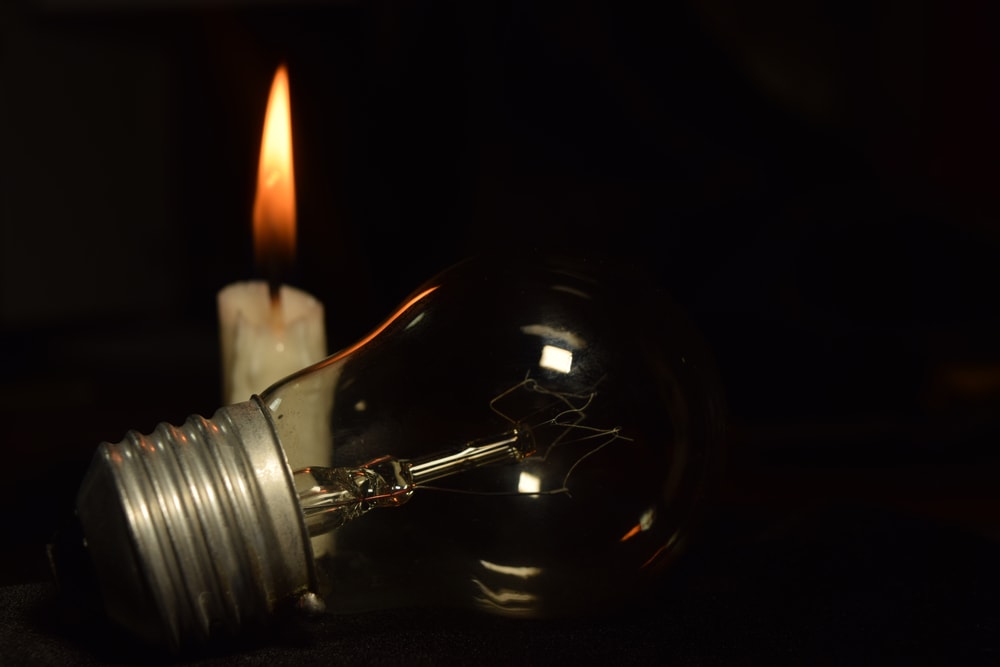Crime scare tactics play well in elections, but reforms are working
For the tough-on-crime crowd, Senate Bill 91 is a useful bogeyman. The criminal-justice reform legislation was passed in 2016 and wasn’t fully implemented until this year, but over a similar period of time violent crime and property rates have increased. The simple conclusion is to blame the legislation for the troubling increases. Even though lawmakers have passed more than 25 fixes to the law in the past two years, some candidates are vowing to overturn the entire law.
The law actually toughened sentences for murder and increased fines for theft, but it also reduced sentences for many nonviolent offenses and diverted a projected $380 million in savings over the next 10 years toward recidivism-reduction programs, pre-trial supervision and other crime-prevention and victim services. It’s part of a nationwide approach toward sentencing and justice reforms that has shown much promise in states such as Texas.
As Rep. Matt Claman, D-Anchorage, noted in a recent Anchorage Daily News column, the law wasn’t the cause of higher crimes rates – but rather was a response to them. Its goals were to “direct resources where they are needed most: prioritizing prison for serious and violent criminals, curbing corrections costs, improving reformation and rehabilitation opportunities for non-violent offenders and those with substance-abuse disorders, and reinvesting state resources into programs that help prevent crime.” It’s not soft on crime, but smart on crime.
Data from the Alaska Criminal Justice Commission, which was formed on a bipartisan basis by the Legislature, helps put the situation in much-needed perspective. Its recently released annual report shows “the violent crime rate trending upward over time, with a noticeable uptick starting after 2014” and “property crime rates having “declined over the last 40 years on average, reaching a low in 2011, but beginning a marked increase starting in 2015.” It’s clear that the crime rates started going upward well before the legislation was passed or fully implemented. It’s wrong to blame those trends on a law that came after the uptick began, even if it makes for compelling campaign stances.
It’s no easy task to find the definitive causes of crime. This has befuddled criminologists since the dawn of crime statistics, with many offering competing theories for the various ebbs and flows in crime data. Generally speaking, national crime rates are close to long-time lows, and rates overall began falling before the United States began its tougher sentencing standards and its prison-building spree.
It’s also hard to correlate cause and effect because anti-crime policies tend to come well after trends have begun, given that they usually are based more on politics and public perception than reality. Furthermore, the public typically expresses views about crime rates that are out of sync with the data. Nevertheless, the Alaska crime increases are a legitimate cause for public concern, as are the state’s rapidly growing incarceration rates, especially from a public-expenditure perspective.
As I noted in the Juneau Empire last year, “Alaska’s jail and prison populations grew 27 percent between 2005 and 2014 and were on track to grow by a similar amount in the next decade before SB 91 was passed. That trend has diverted tens of millions of scarce taxpayer dollars to expanding the prison system, at a time when there already are insufficient law-enforcement resources at the state and local level.” In other words, the legislation wasn’t passed in a vacuum. It was the response to a misallocation of resources that made fighting crime particularly difficult. The goal was to focus limited resources on the most troubling types of crimes and criminals, rather than simply eat up budgets building more prisons to house low-level offenders.
So far, it seems to be working. That Alaska Justice Commission report pointed to some of the encouraging trends that have taken place since SB 91 took effect. For instance, violent criminals now comprise a larger share of the prison population than before the reform; a higher percentage of prison admissions are now for violent crimes; and fewer people are in prison for probation and parole violations. That is how it should be. The justice system should prioritize the incarceration of potentially dangerous offenders over lower-level offenders.
Furthermore, the report finds that probation and parole officer caseloads have decreased significantly and that more people are successfully completing their court-ordered supervision. More people are now released on bail than before the reforms, but court appearance rates are virtually unchanged, which shows that such reforms don’t seem to be releasing dangerous people onto the streets. Enough money has been saved to redirect more than $40 million toward treatment, re-entry and other services. That’s in addition to $40 million already invested in such programs.” Most convicted criminals eventually are released, so it’s wise to invest more of the justice system’s resources into reducing those recidivism rates.
As the commission report noted, “Admissions to prison are still down 8.3 percent from their peak in 2014, but admissions increased 11.4 percent in the last three quarters of FY18. … While reflective of an increased response to crime, the increasing admissions over the last year would likely have necessitated reopening a prison facility without criminal justice reform.” Higher prison spending had been necessitated to house people who violated terms of parole or probation, so it’s clear the reform is living up to the promises it made to Alaskans.
Of course, such points are hard to make during a campaign. But we can remain hopeful that whatever lawmakers win their races on Tuesday will take a close look at the data before tossing out a reform law that is making real progress.
Image credit: simon jhuan






